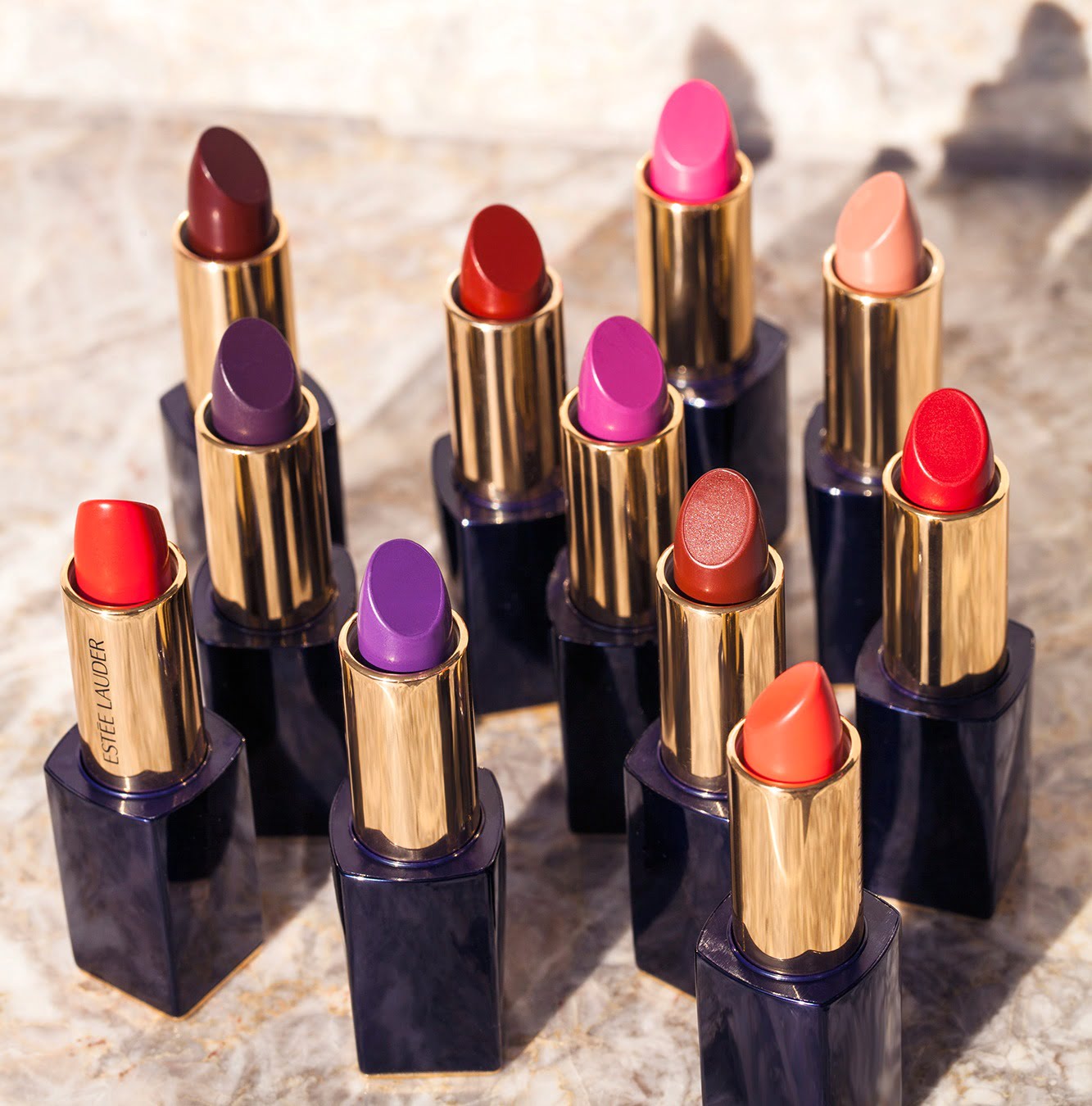When consumers start to feel the pinch from a slower economy, people opt for a smaller treat instead. This could be making your coffee at home, rather than buying a takeaway coffee or buying lipstick instead of a designer handbag. This is better known as the ‘lipstick effect’ and the Australian Retailers Association recently noted that lipstick sales are on the rise.
Tighter consumer spending is reflected in 2.5% increase in eating at cafes or restaurants, suggesting that people might be trying to find some enjoyment within tighter budgets. While the latest retail data paints a gloomy picture with a slight increase of sales of 1.1% in January, which suggests that overall retail sales have remained stagnant for several months.
The impact on retailers is shown by Harvey Norman reporting a 45% plunge in profits, showcasing the widespread cost pressures affecting Australian households. From insurance and utilities to food, families across the nation are feeling the squeeze, leading to reduced spending on non-essential items and home improvements.
Indeed, the grumpiness of the Australian consumer was shown when the former Woolworths Chief Executive Officer Brad Banducci had an utter train wreck of an interview with ABC Four Corners about price gouging and unfair supplier practices. Following the interview and the understandable criticism of Woolworths that followed Mr Banducci resigned and, Woolworths announced price drops on more than 400 products.
I’m sure that the actions of Woolworths were completely unrelated to the criticism delivered by the former ACCC chair Allan Fels in his report about price gouging and unfair pricing practices. If you are interested and have the time to read all 80 pages, it can be accessed here.
In response to these challenging conditions, the Treasurer Jim Chalmers has delivered a sobering message. Citing higher interest rates, persistent inflation, and global uncertainty, Chalmers has warned of weak economic growth in the near term, something that the consumer has already factored into account given the spike in lipstick sales. While Chalmers recognised that inflation remains a major concern, the focus may shift from managing inflation to creating growth as the primary economic challenge.
As discussions about the possibility of Australia entering a recession intensify, economists are carefully analysing various indicators, including minimal economic growth projections and unemployment rates. AMP’s Chief Economist puts the recession risk for the Australian economy at 40 % for 2024, which seems fair given that Australia was in a per capita recession for most of 2023.
Households may soon benefit from additional economic stimuli from interest rate reductions and tax cuts. Although economists remain mixed on the former, while the tax cuts are seen as critical to maintaining discretionary spending during uncertain times. However, any support to households must be balanced by the need to constrain inflationary pressure.
Both the government and the Reserve Bank are continuing to walk an economic tight rope in 2024, particularly when both parties might have competing economic objectives. How that plays out in the lead up to the next federal election will be interesting to say the least.

